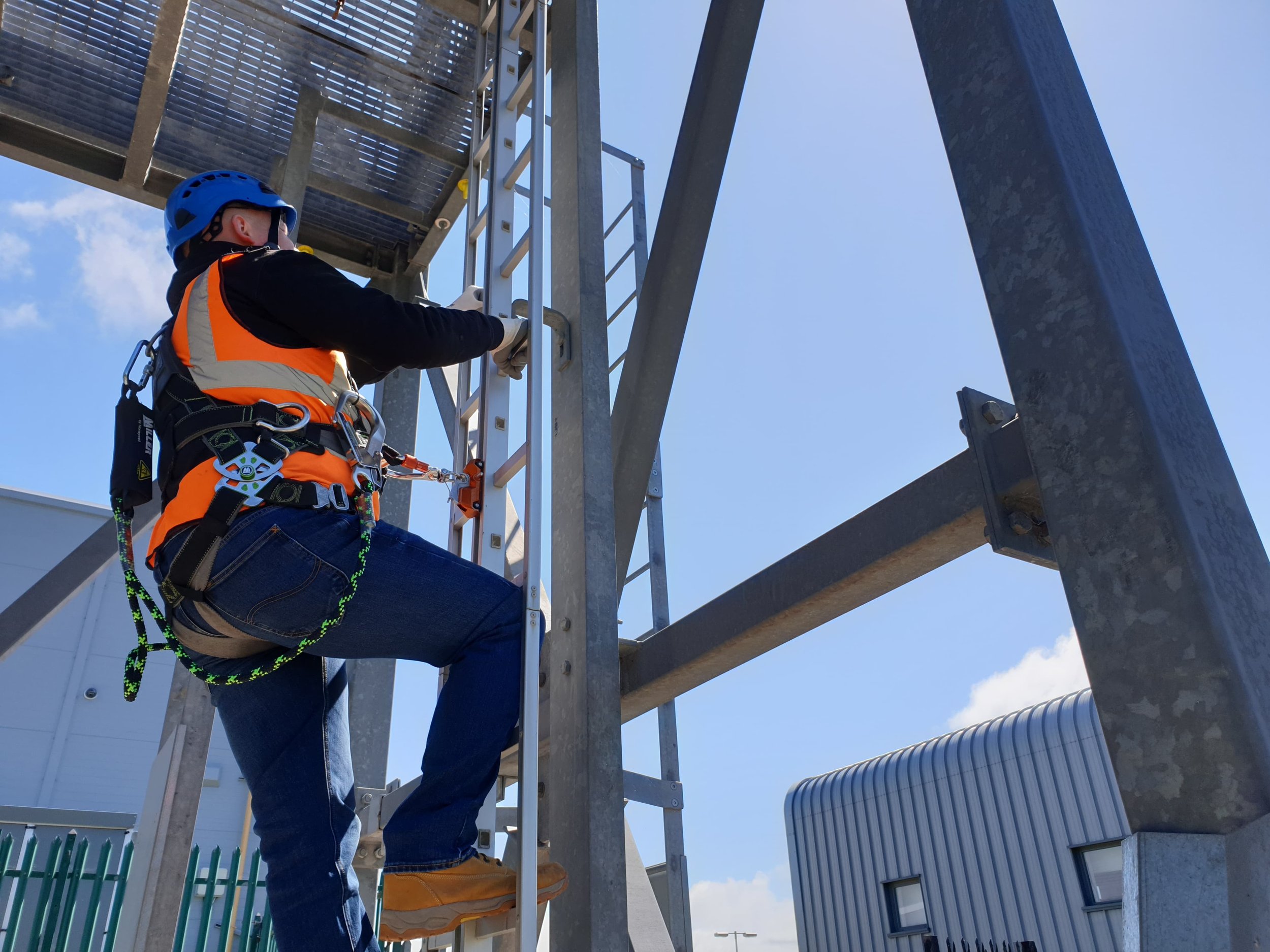Ladder Risk Assessment Guide
A ladder risk assessment will give you a good idea of the risks your team are exposed to and the controls currently in place. It is an essential requirement when working at height.
The ladder safety guide is very important if you have made changes to your working environment, had a near miss incident or a highlighted risk, it is essential that you take proper precautions when addressing these changes to assess the level of risk and if you are height safety compliant. Both employers and employees have a responsibility under the Work at Height Regulations 2005 for ensuring that all work at height safety is in place and adequate before starting work at height.
Ladders should be checked before each use and inspected every 6 months using a competent ladder safety checklist.
The access ladder checklist is vital when making sure all ladders are safe when working at height. A visual inspection should be the first thing to look at, making sure there are no obvious defects. See below for our downloadable ladder safety guide.
GlideLoc Twin Ladder Inspection
Ladder Safety Checklist
Is the ladder suitable for work use, does it have any loose steps/rungs and can they be moved by hand? If so then mark as defective and use an alternative method until it is fixed.
Can you see loose damaged and corroded nails/screws/bolts or other metal parts, or cracked split or broken stiles, braces, steps or rungs?
Are there damaged missing or worn non slip feet?
Is the ladder painted? This may hide defects.
Is the ladder wobbly or unstable?
Ladder Safety Inspection
Ladder Inspection Checklist
All employers should ensure that workers have received training on safe ladder use and appropriate fall protection.
They also need to ensure that alternatives to a ladder have been considered (e.g., fixed-access ladder, PEWP, scaffold, work repositioning, etc.), and a ladder is deemed most suitable for the task. And if there is a second ladder, the ladder type (step, extension, platform, etc.) is suitable for the task.
The ladder is secured from movement, it should have a firm level base that is secured where possible and is tied at the top to an available structure.
Material and/or tools can be raised or lowered by using a tool belt or rope in order to keep hands free.
Three-point contact can be maintained while climbing.
Traffic in the area of the base and top is controlled.
Enough space is left at the base for proper ladder angle (for temporary ladders only).
In order to help your business comply with legislation and to establish the best solutions for your requirements, Altus Safety can provide expert assistance by carrying out professional site surveys and height safety risk assessments call us on 0330 113 0870 or contact us here.


